Uncategorized
Qoyllur Rit’i
Lord of Qoyllur rit’i, “The Lord of the Snow Star”
During the full moon in June, thousands of inhabitants of the central Andes gather in nations. This has been happening since ancient times. The pilgrimage to the Lord of QOYLLURITY or Holy Christ of the Snowy Peak is expressed in the sacred movement of the Andean nations. The troupes and dancers that appear in the city and towns of the Cusco region mark the beginning of the animist cult belonging to Andean and Catholic religiosity. The worship takes place in the space of Apu Ausangate, where the only way for Andean men to approach their abilities is through the organized communion of physical sacrifice and prayers.
It is time to set out for SINAQARA, Tahuantinsuyo nation, on Sunday, May 30.
In the city of Cusco, the Tahuantinsuyo nation tells us about what is experienced in each of the other nations and troupes that attend the sanctuary. The dancers express their joy, they are ready and prepared, the revelry cannot be stopped. The celebrations have begun, the worship at the sanctuary of the great father has started. In the houses where the nations are hosted, the dancers prepare to organize themselves for their journey. The MAMÁS GUAIRIS begin their work, ensuring that everyone eats well, as a lot of strength is needed to go before the father.
It is important not to miss any detail in the preparations for the arrival at SINAQARA; the main concern is to worship the Lord of QOYLLURITY, and if they fail, everyone will be deeply ashamed.
The metamorphosis of individuals begins now; they will become jocular beings, soldiers, and special beings. Grace mixes with responsibility, strength with obedience; now we all have one path, and the rules and behavior guidelines are different from the usual ones, but the invitation to be part of the celebration is welcoming.
NATION OF PAUCAR TAMBO
Paucar Tambo has a celebration nuance comparable only to its main festival, the celebration of the Mamacha del Carmen. The preparations are intense, the dancers rehearse their choreographies and reaffirm their strength in the terrible and painful JAGUAR MAYU. Before leaving Paucartambo to meet the father QOYLLURITY, they attend mass in the village chapel. The troupes dress elegantly to greet the Virgin of Carmen, accompanied by their requested musicians.
After the mass, they go to the village cemetery, in lines that facilitate choreographies to the rhythm of traditional music. The procession is led by the stewards and the TINICHOS carrying the SAPUYAYAS, which are representations of the Lord of QOYLLURITY. They head to the cemetery to say goodbye to their deceased siblings, asking them to guide and protect them. Once inside the cemetery, the troupes enter into an intimacy in which communion with their dead is perceived, along with continuous gratitude for a successful journey. The troupes remain singing to their deceased, promising to offer prayers to the father so they do not thirst in the afterlife. The responsibilities for organizing the care of the deceased for the following year are handed over. Hours later, they leave amidst music and revelry. Some individuals enter nearby businesses or shops to ask for support, collecting various supplies; in return, they dance in front of these businesses as a sign of gratitude, wishing them abundance in the future.
DEPARTURE TO THE SANCTUARY OF THE LORD OF QOYLLURITY
The transportation used by the troupes is generally trucks with wooden beds. These trucks wait at the village entrances for the first troupes, already dressed in their costumes and paraphernalia, to board and fill the transport that will take them to the sanctuary. All the troupes follow the same routine before leaving. Each nation and troupe has a designated area where the truck drops them off. Upon descending from the vehicle, the nations head to the chapel housing a replica of the Lord of QOYLLURITY.
They enter the chapel to greet the father, then depart early as they have to walk eight and a half kilometers. They ascend to the sanctuary of the Lord of QOYLLURITY along the right bank of the ravine. Along the way, many pilgrims can be seen, some on foot, others on horseback, worshiping with songs and prayers at various CROSSES along the route.
The pilgrimage of the troupes follows a fixed tradition, encountering 15 CROSSES along the way. At each cross, the atmosphere becomes solemn, and traditional prayers, called alabados, are recited in Quechua.
Upon reaching the sanctuary, they have a predetermined participation to greet the Lord of QOYLLURITY and initiate the procession of the troupes from the eight nations.
Once the journey begins, the social order of many things changes, and certain actions will no longer be valid at the top. The law will be administered by the brotherhood and the PABLITOS.
THE SANCTUARY
The beliefs of the Andean world are expressed in QOYLLURITY; their validity and function are perpetuated in the festival. The tradition is orally transmitted from parents to children, from the old to the new. The spaces in QOYLLURITY still hold the memory of their past. SINAQARA is the imposing space where these testimonies harmonize and co-function. The ORCOS are the mountains and are of masculine nature. The PAMPAS are feminine, and deities inhabit these spaces. The HUACA is the sacred rock where the figure of Christ is painted, giving the sanctuary its name. The PAMPA is SINAQARA, with a central platform where the Catholic mass is celebrated. From a loft beside the temple, this is JAUCAYPATA, the place where rituals are performed. CASHUANA – PATA is the central platform where the dances are presented. QOLQUE PUNKO fertilizes SINAQARA so that livestock and people can thrive. The idea of DEITIES IS DUAL, seeking balance between opposites that form the LLANANTY or harmony in the Andean world.
This concept translates to the Catholic rite; if QOYLLURITY has a temple, the Virgin of Fátima has a chapel. The validity of the Andean religion complements the Catholic worship, and this is how it is presented to us.
THE WORSHIP
The worship of Christ of the sacred rock, known as the sanctuary of the Lord of QOYLLURITY, is celebrated at 4600 meters above sea level, days before the Cusco CORPUS CHRISTI festival. Faith brings thousands of believers who pilgrimage to the place called SINAQARA, at the foot of the snowy COLQUE PUNKO. Located in the district of OCONGATE, province of QUISPICANCHI, Cusco region, in the southern Andes of Peru.
Around 90,000 devotees pilgrimage to the sanctuary of the Lord of QOYLLURITY, and on the main day, up to 25,000 devotees ascend to the sanctuary. They come from the provinces of Cusco and various regions of the southern Andes. Pilgrims from various South American countries also attend. It is a place of pilgrimage where worship of the mountain and the sun has taken place since pre-Inca times.
After the arrival of the Spaniards, the Catholic worship of the crucified Christ was established there. Over time, this combination of mystical traits of Andean and European origin has formed a complex and unique religious expression in the world.
As demonstrated by anthropology and ethnohistory, the pilgrimage to QOYLLURITY has been carried out since pre-Hispanic times, as mentioned by chroniclers such as Felipe Guamán Poma de Ayala, Pedro de Cieza de León, Santa Cruz Pachacútec, Juan de Betanzos, Bernabé Cobo, Inca Garcilaso de la Vega, among others.
It is not known for certain how ancestral rituals were conducted at this place until the late 18th century. It is precisely in the year 1770 that the Catholic worship of Christ chronologically began. Surely, this place was a site of worship for Andean deities, as dances and cultural manifestations performed at the sanctuary are still remembered in oral tradition.
QOYLLURITY shows us a dramatic event in its high-altitude worship, which arouses fascination and fervor in both locals and foreigners, bringing a sacred and profane universe with it. This makes QOYLLURITY the driving force behind such an impressive human wave. In pre-Hispanic Andean religion, the elements of nature are considered animated and sacred; the great mountains or Apus are tutelary and propitiatory entities that maintain a close relationship with specific populations to whom they give origin and protection. To worship them, pilgrimages are made to their slopes and peaks since pre-Hispanic times.
THE MYTH OF MARIANITO AND HIS FRIEND MANUEL
Based on the legend of a little shepherd named Marianito Maita, to whom Jesus appears in the form of a child dressed in fine white clothes. According to the story, when the parish priest and locals try to catch the child Jesus, he disappears, leaving the image of a crucified Christ imprinted on the rock where he was. The little shepherd Maita dies, and his body is buried under this large rock, around which an adobe temple with a thatched roof is later built. In the myth of the shepherd boy Marianito Maita and the appearance of the Holy Elevated Christ, that child god who enjoyed the CHUNCHO dance, it is important to narrate the history of what is known, spoken, acted, and happens in this place.
Being in the sacred space is an experience of faith, a need to encounter our desires and dreams, and to achieve them. The changes in the faith of this cult are lost in time, but its space still preserves the memory of its deities.


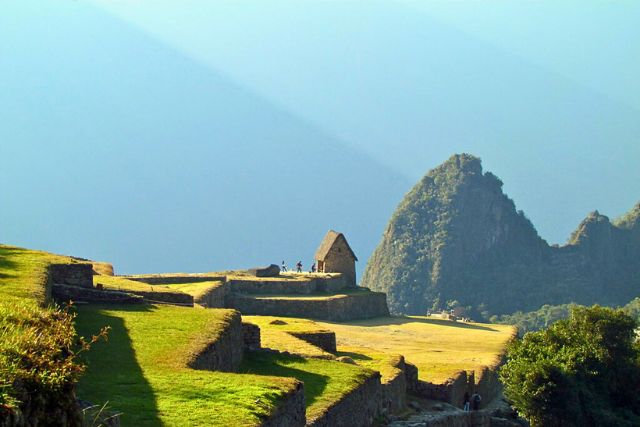
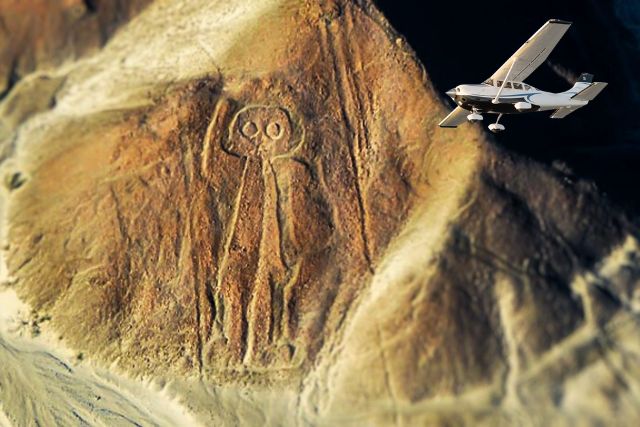
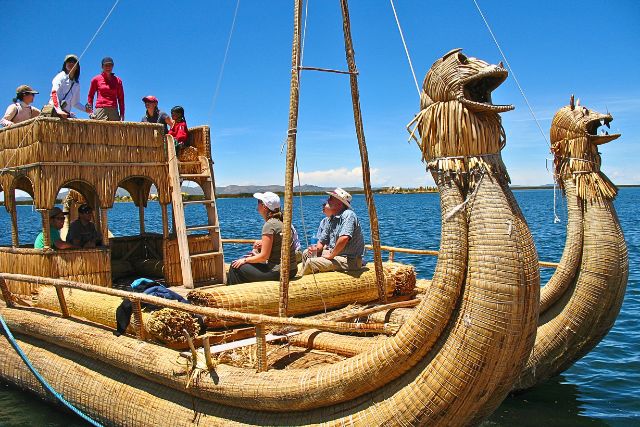
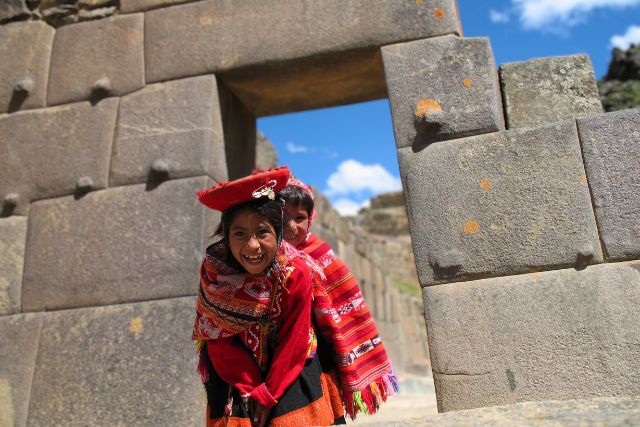
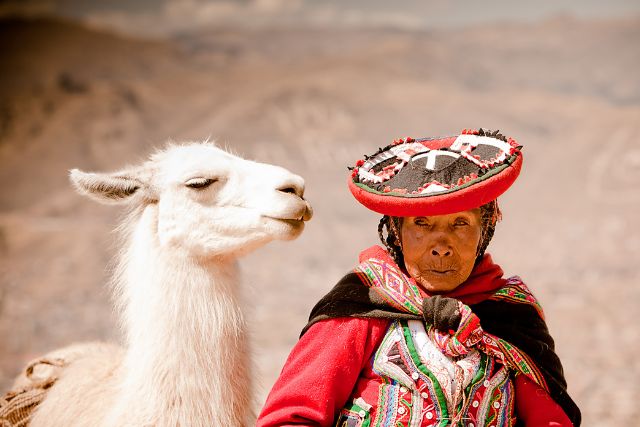
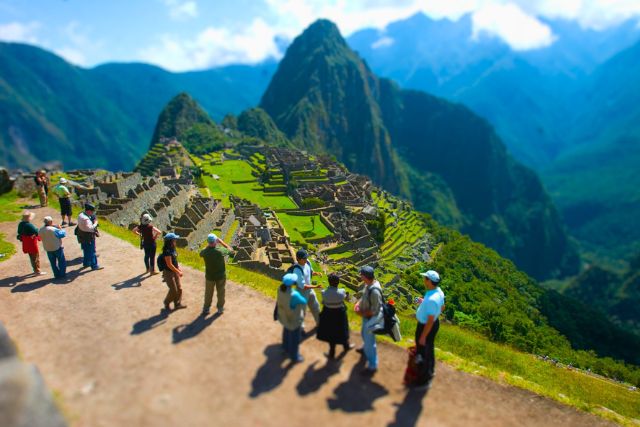
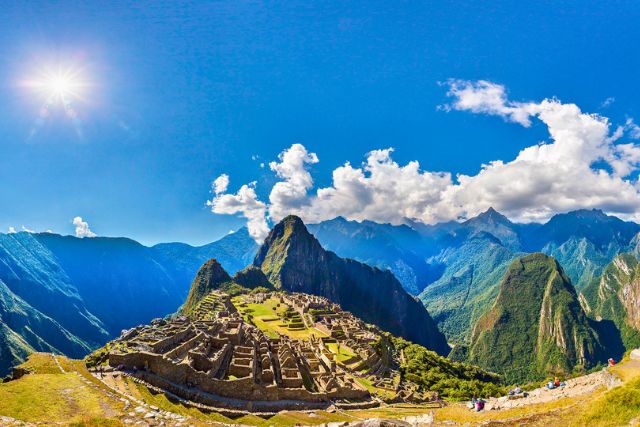
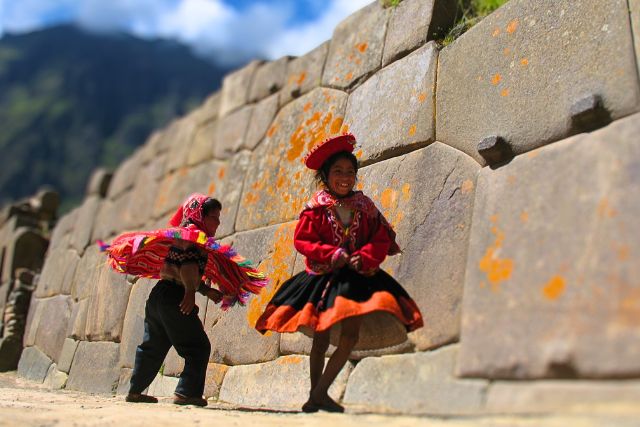
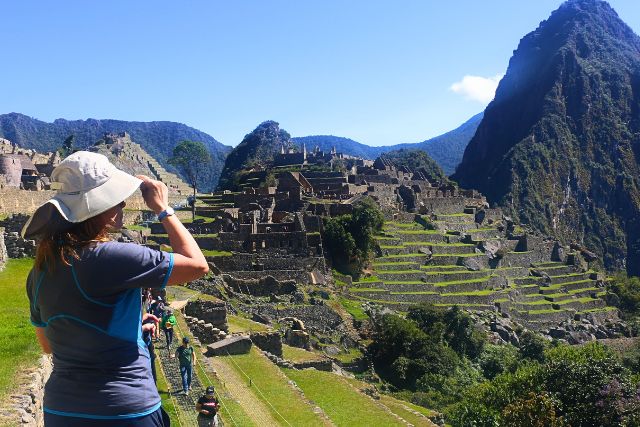
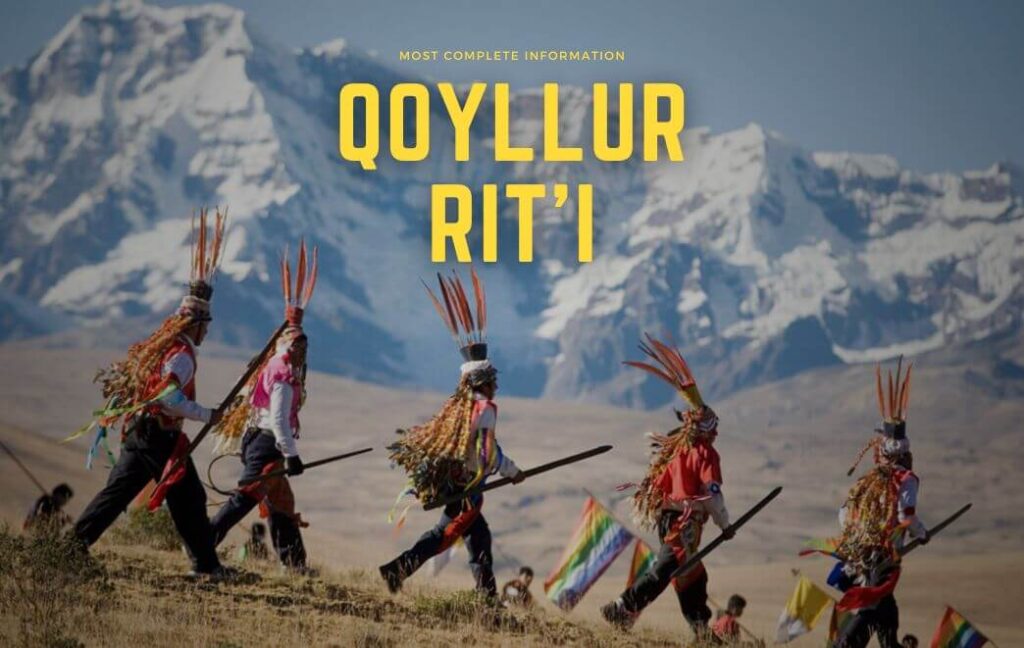
Pure genius
I’m impressed by the clarity and detail of your writing—thank you!